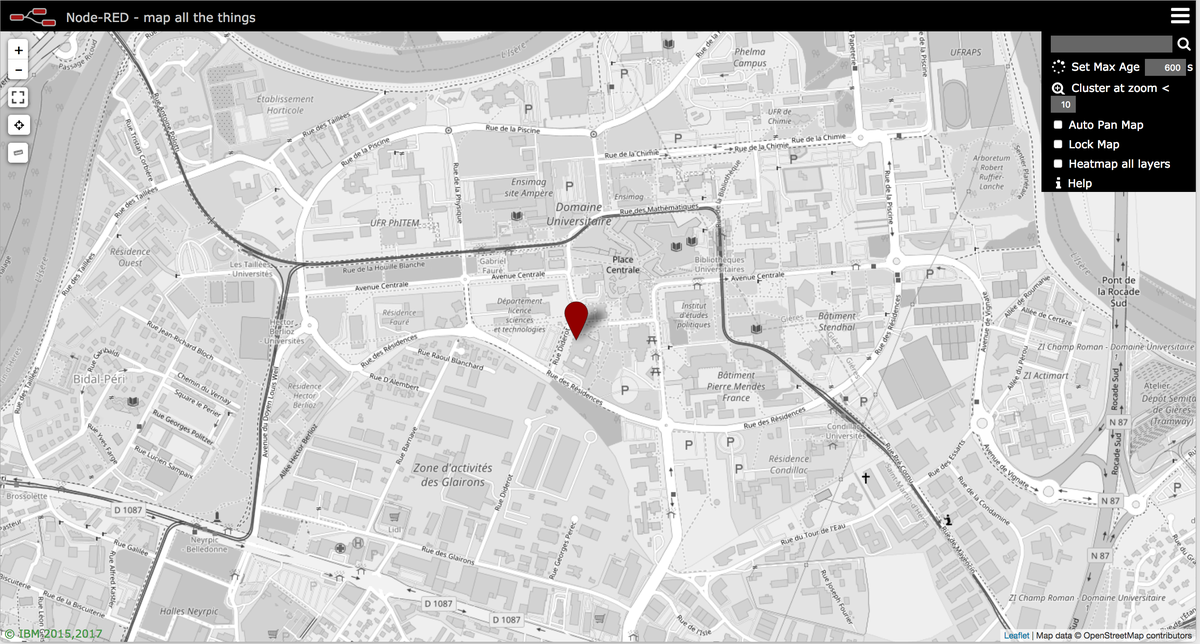Here the output: $ sudo journalctl -f -u docker - Logs begin at Tue 2020-12-15 09:24:21 UTC. Dec 15 09:26:06 ubuntu-bionic dockerd5348: failed to load listeners: no sockets found via socket activation: make sure the service was started by systemd Dec 15 09:26:06 ubuntu-bionic systemd1: docker.service: Main process exited, code=exited, status=1/FAILURE Dec 15 09:26:06 ubuntu-bionic.
Build and run container images with Docker.


Sudo Snap Install Docker Ubuntu
Usage
- This build can only access files in the home directory. So Dockerfiles and all other files used in commands like
docker build,docker saveanddocker loadneed to be in $HOME. - You can change the configuration of this build by modifying the files in
/var/snap/docker/current/. - Additional certificates used by the Docker daemon to authenticate with registries need to be added in
/var/snap/docker/common/etc/certs.d(instead of/etc/docker/certs.d).

Running Docker as normal user
By default, Docker is only accessible with root privileges (sudo). If you want to use docker as a regular user, you need to add your user to the docker group.
- It also installs packages 'containerd' and stack of python3 packages, like 'python3-docker'. The docker works on my PC right after that. But it did not work after installing docker.io, or sudo apt-get install docker-ce docker-ce-cli containerd.io from the disco and bionic repositories. – bl79 May 1 '20 at 12:47.
- # Install package manager sudo apt install snapd # Install Docker Engine, Docker Client and Docker Compose sudo snap install docker # Run Docker commands without sudo sudo.
- Docker is a special tool that’s designed especially for easier creation, deployment, and running Linux apps using “containers”. Docker is a tool that’s meant to benefit the full set of modern IT and software development professionals including the newish field of DevOps. How to install and use Docker on Linux Mint is shown in this guide.
- Install all the dependency packages using the command ($ sudo snap install docker). Before testing Docker, check the version installed using the command ($ docker -version). Pull an image from the Docker hub using the command ($ sudo Docker run hello-world).
Warning: if you add your user to the docker group, it will have similar power as the root user. For details on how this impacts security in your system, see https://docs.docker.com/engine/security/#docker-daemon-attack-surface
Authors

This snap is built by Canonical based on source code published by Docker, Inc. It is not endorsed or published by Docker, Inc.
Sudo Snap Install Docker
Docker and the Docker logo are trademarks or registered trademarks of Docker, Inc. in the United States and/or other countries. Docker, Inc. and other parties may also have trademark rights in other terms used herein.

